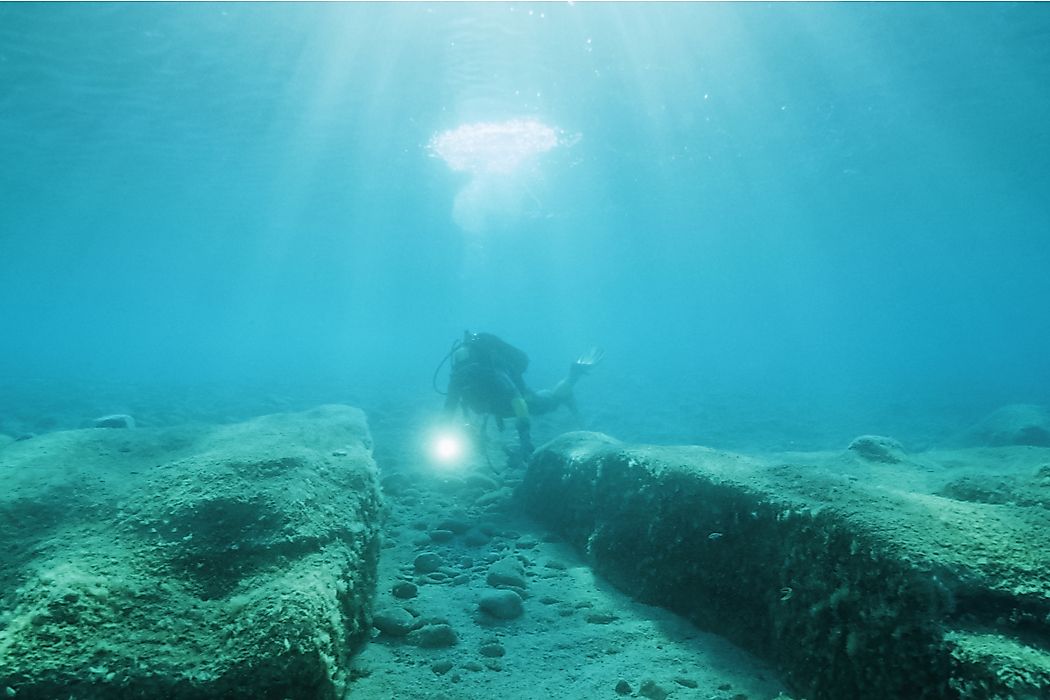What is Underwater Archaeology?

Underwater archeology is the sub-discipline in archeology that is concerned with the archeological study of sites that are located underwater. Underwater archeology is sometimes referred to as maritime archeology. However, while maritime archeology is concerned with interactions of humans with the sea, underwater archeology focuses on sites underwater regardless of their connection with the sea. Underwater archeology is similar to the traditional land archeology. The most common types of sites studied in underwater archeology are shipwrecks. Other types of sites that are explored in underwater archeology include sunken cities, aircraft sites, refuse sites, isolated finds, and submerged indigenous dwelling sites. Underwater archeology also covers flooded land sites, ports, and fishing structures.
History of Underwater Archeology
In the past, the development and establishment of underwater archeology as a field in archeological research faced challenges because of difficulties in accessing and working on underwater sites. The application of underwater archeology was mainly dependent on the tools and skills that were developed from shipwreck salvages. However as universities took interested in underwater archeology and began teaching, the field expanded to a more theoretical and practical base. The development of underwater technology has taken a drastic turn over the years leading to the development of branches in underwater archeology. One of the branches of underwater archeology is maritime archeology that was accepted in the 1980's. Other branches include nautical archeology and underwater aviation archeology.
Importance and Contributions
Underwater archeology has significantly contributed to the expansion of research and knowledge of the past. For instance, underwater archeological research has led to the development of submarines which are useful instruments of research. Besides, through underwater archeology, man has been able to make an assemblage of human artifacts useful in the study of history. The artifacts play a significant contribution to other filed such as science and engineering. Underwater archeology has enabled the study of significant shipwrecks such as the Titanic and the Housatonic which are of vital historical importance because of the magnitude of life loss connected to them and the circumstances of the loss.
Challenges of Underwater Archeology
Research on underwater sites faces significant challenges. First, the underwater sites are difficult to access and therefore require specialized diving equipment and skills to access compared to sites of research on dry land. The underwater sites are also much hazardous compared to the sites on land. When the archeologists have to access the sites directly, the time length available at the depths is limited. To access very deep sites that are inaccessible to the archeologist, specialized equipment such as remote sensors and submarines are required. For an underwater archeological event to take place, a working platform has to be put in place. The working platform involves equipment such as air supply machines, re-compression equipment, medical facilities, storage facilities for the excavated materials, and special sensing equipment, among many others. Additionally, underwater archeology faces the challenges of poor weather mainly because sea sites are prone to strong tidal flows that that pose a threat to human life. Lastly, the marine sites have marine animals that can be a threat to the safety of humans.











